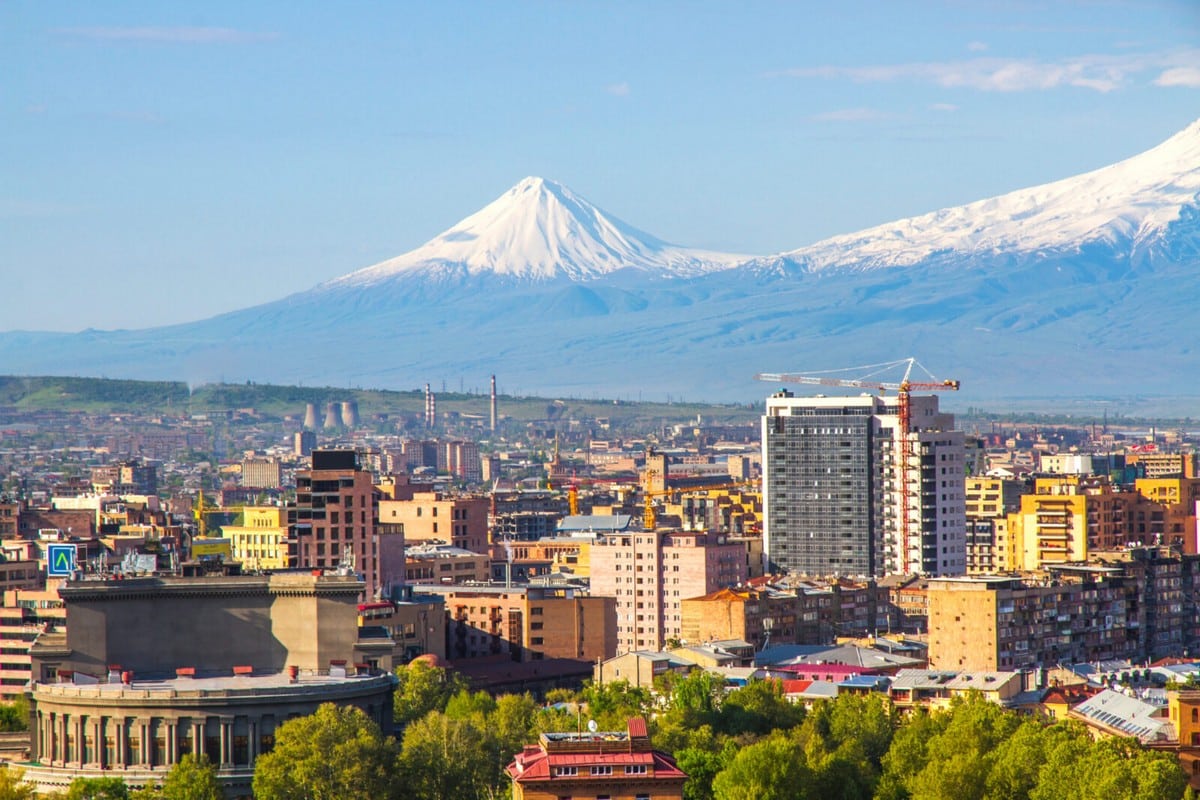Armenia is a country that’s situated in Western Asia’s Armenian Highlands. It’s within the region of Caucasus and borders Turkey, Georgia, Azerbaijan, and Iran. Yerevan, its capital, is the country’s largest city and financial, industrial, cultural, and administrative center, comprising a little over 35 percent of the total population of Armenia. The city is situated along Hrazdan, one of the major rivers in the country, and has served as Armenia’s capital since the early 19th century. The city of Yerevan is considered one of, if not the oldest, cities continuously inhabited in the world.
Armenia is known for its culture and cuisine that’s as unique as its history. The country also has stunning landscapes and was an early adopter of Christianity. Because of this, many of the oldest monasteries and churches can be found in their naturally beautiful settings.
Old and Ancient Country
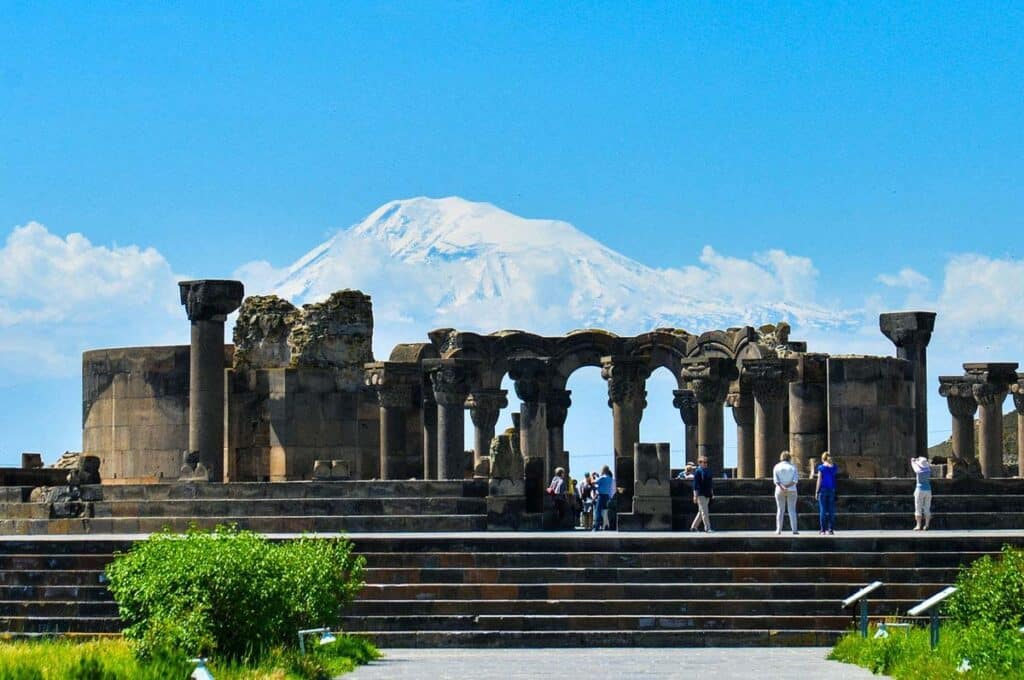
The history of Armenia goes back before the Chalcolithic or Bronze Age, with its roots in the civilization’s beginning. For this reason, the country has a unique and rich heritage that’s fascinating to learn about and explore. For example, the Ughtasar Petroglyphs of Mount Ukhtasar, or Pilgrim Mountain, have existed since 12000 BC. The oldest leather was also found in Armenia, dating back to around 3500 BC. Along with Greece, Egypt, Japan, and Iran, Armenia is an old country that has been around for many millennia, being mentioned first in 520 BC.
One of the First Countries to Embrace Christianity
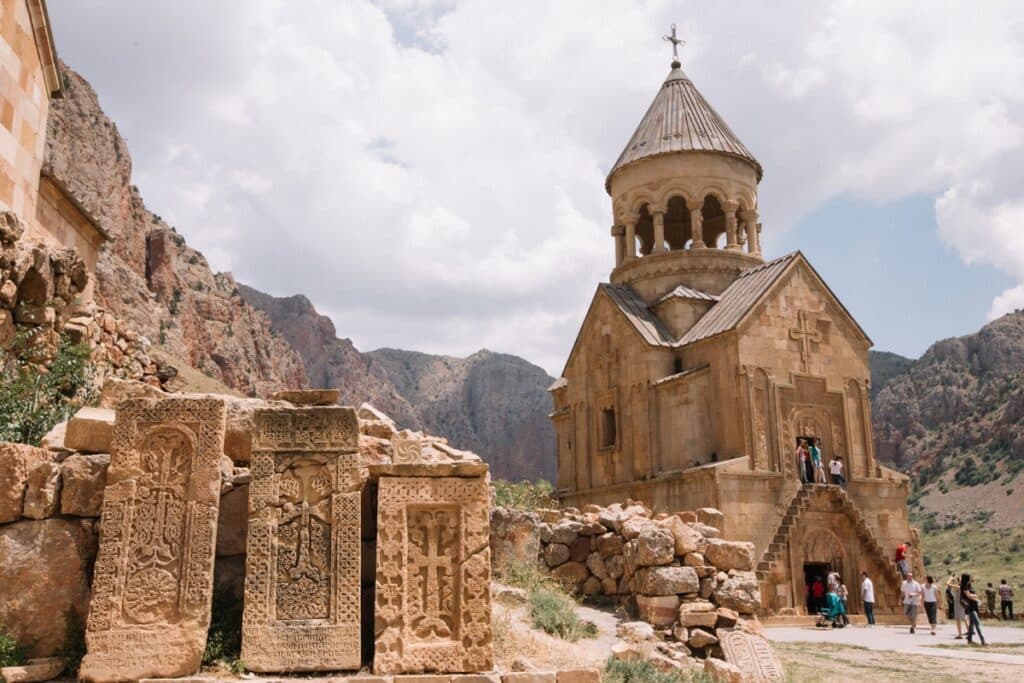
Another thing Armenia is known for is that it’s one of the earliest adopters of the Christian religion. Today, over 90 percent of Armenians are Christians, with the country boasting stunning churches. Gregory Lusavorich, the illuminator, was the first Armenian Catholic. He was baptized in 301. The country is also home to the first church ever built, the Holy Etchmiadzin, which is considered the main headquarters for all churches in the country. Moreover, it’s a popular site that draws in many people, especially when it comes to pilgrimages.
The Country Has an Alphabet of its Own
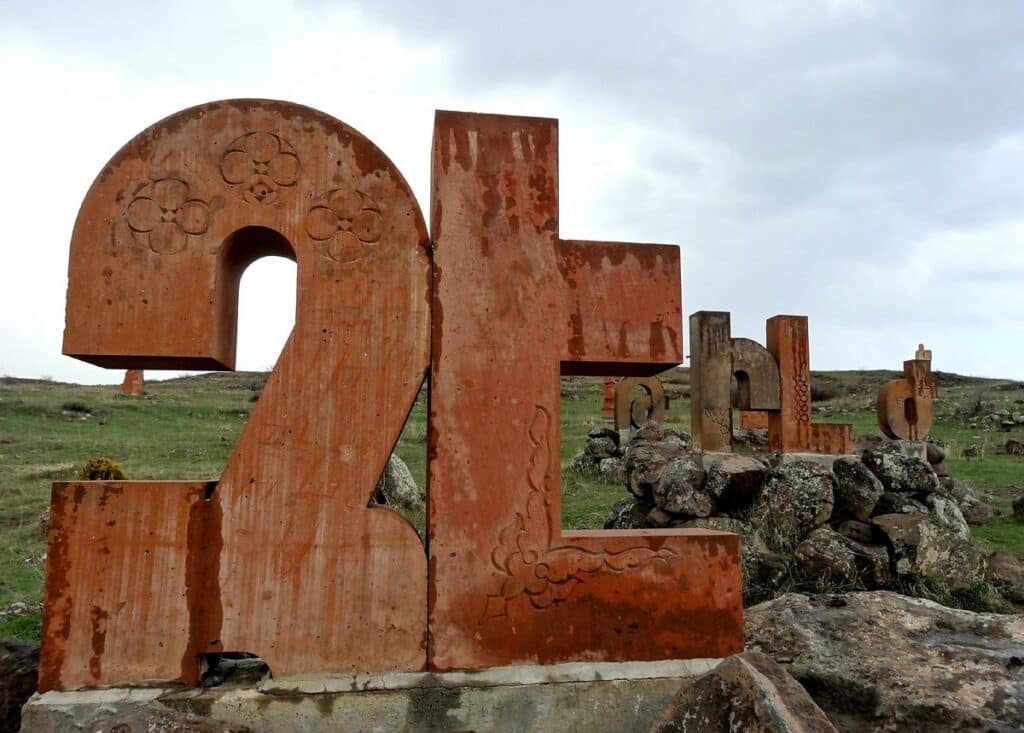
One of Armenia’s most interesting aspects is its language, specifically, that it has an alphabet of its own and is advanced compared with many other dialects and vernaculars. A monk and scholar, Mesrop Mashtots created the alphabet around 405 to 406 AD, consisting of 36 letters, 7 conveying vowels, and 29 being consonants. In addition, he’s also known for creating the Albanian and Georgian alphabets. A monument to Mashtots and the alphabet he created can be found in Artashavan, a village in Armenia located on the Mount Aragats slopes.
Oldest Winery in the World
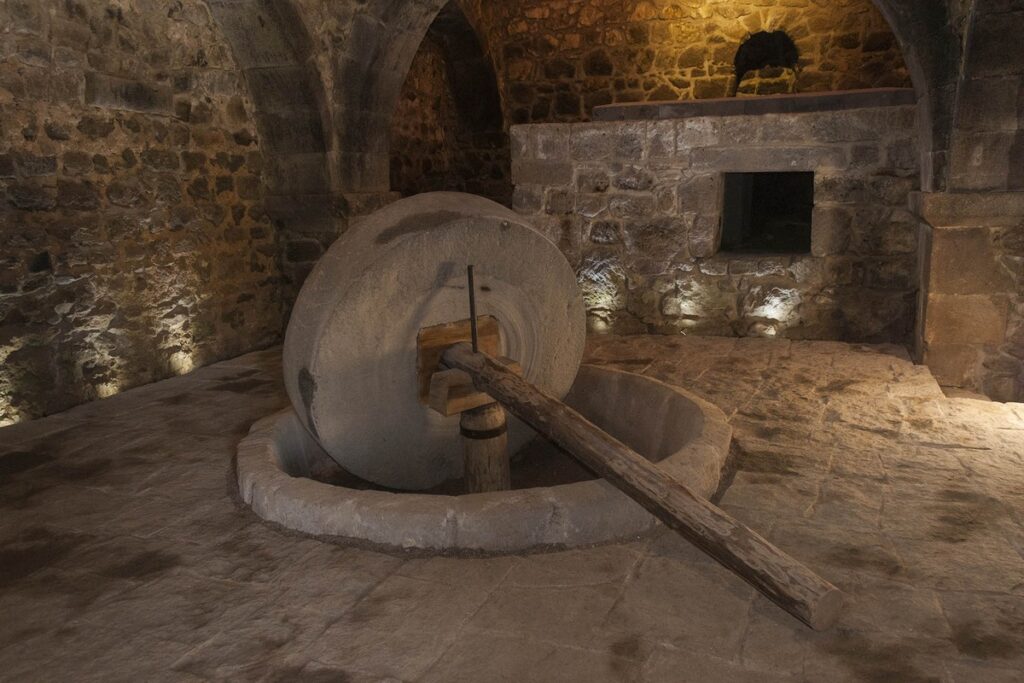
In 2011, the oldest winery was discovered in the Areni village on the Arpa riverbank, which is believed to be over 6,000 years old. Some items found were fermentation vessels, drinking cups, seeds and vines, and a juice presser. Many scientists believe the Armenian grapes produced at the time are the ancestors of the world-famous Pinot Noir. In France, expensive wine is produced from these types of grapes. Even now, the village remains famous because of wine, and they host wine festivals in October every year.
Record-Breaking Cable Car
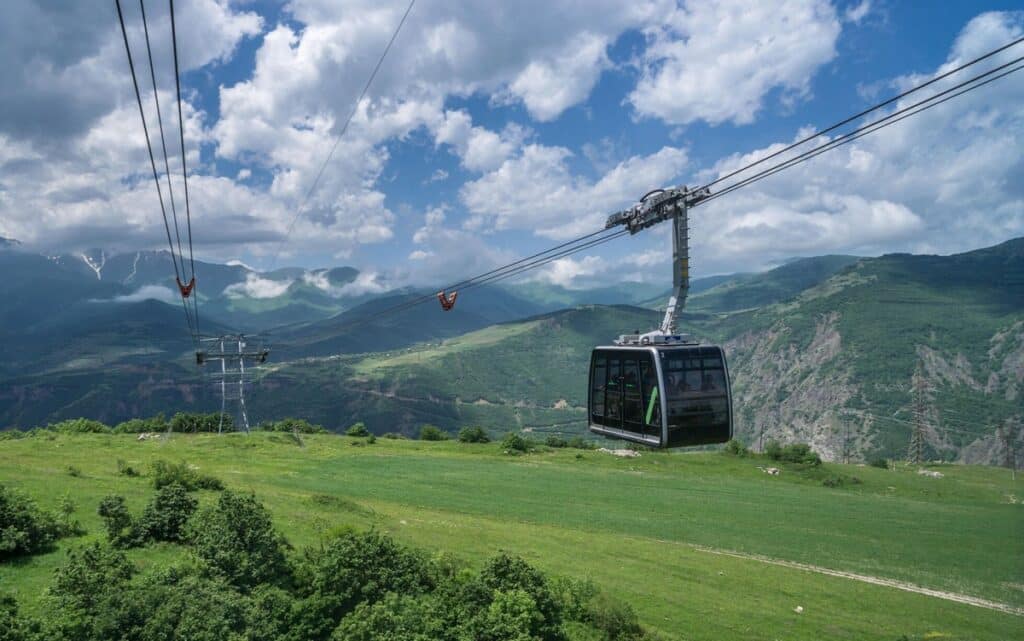
It might be surprising, but Armenia has the world’s longest aerial tramway. According to the Guinness Book of World Records, the Tatev Tramway is the longest of all cable cars with non-stop double tracks, which clocks at almost 19,000 feet. The spectacular Wings of Tatev cable car connects Halidzor village with the monastery of Tatev, offering an impressive view of the River Gorge of Vorotan en route. It’s even more remarkable when you consider that no other engineering facility of its magnitude has ever been built in the same time frame of ten months.
Yerevan is an Old City

The capital of Armenia, Yerevan, has been around for a long time. Originally, the city was founded by a king called Argishti in 782 BC, making it even older when compared to Rome. While the modern Yerevan of today has a more European styling, the city’s age remains one of Armenia’s most impressive facets.
First Arithmetic Textbook of Problems
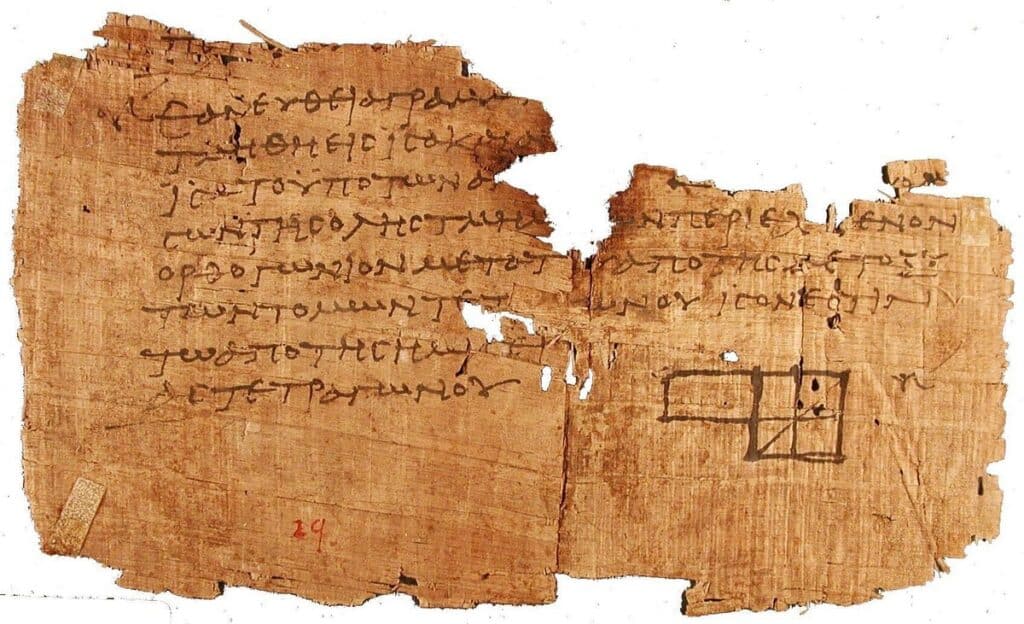
An Armenian scientist and mathematician named David Anhaght created the first arithmetic textbook of problems in the 6th century. One of his books’ samples is kept in the Matenadaran, one of the biggest repositories for manuscripts worldwide. In addition, it’s the largest of all repositories for Armenian manuscripts.
Home of Apricot

Armenia is widely known to be the Apricot’s homeland because of the history of its penetration into Europe from Asia. In the 18th century, doctor Poerderle, a French biologist, wrote that the tree’s name came from an Armenian and Asian province and was brought to the European continent. Initially, it was thought it had been brought to Greece from Armenia in the 19th century, then to Italy soon after. However, this wasn’t confirmed by Greek and Roman inscriptions of the time. Finally, however, it was mentioned in the 1st century’s sources.
The Biblical Mountain of Ararat
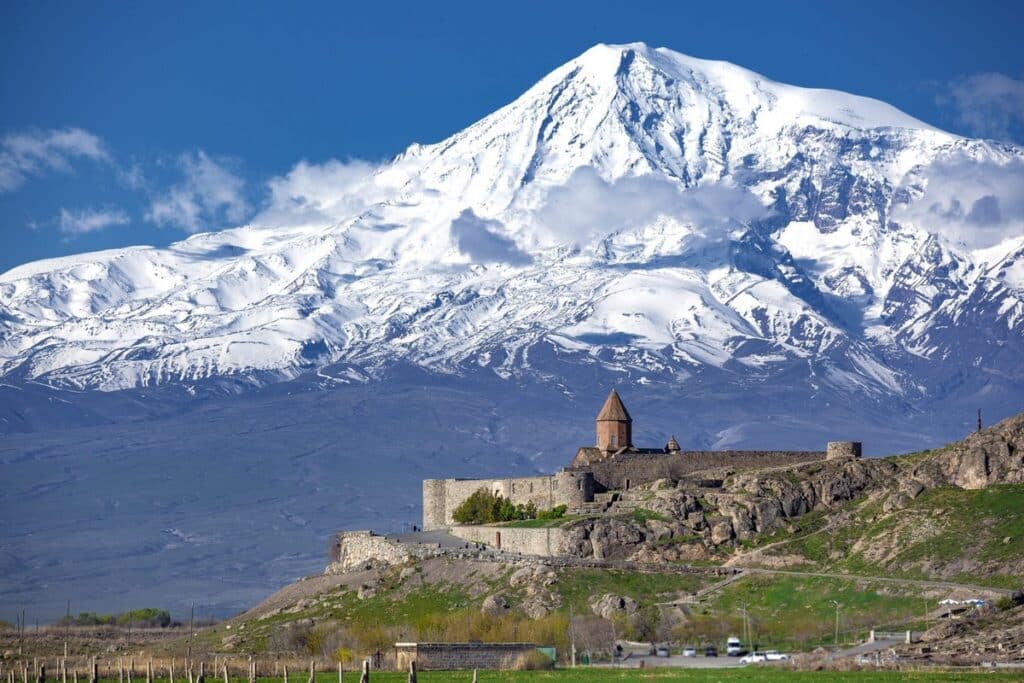
An Armenian symbol depicted on its emblem, Mount Ararat, is said to be where Noah landed his ark when the World Flood’s waters subsided. The mountain range consists primarily of two volcanoes that have long since been extinct, Small Ararat and Great Ararat. However, it is currently not within Armenian borders. Presently, it’s a part of modern Turkey’s territory, as it was moved in 1921 during the Kars Treaty, which Armenia doesn’t recognize.
Genocide in Armenia
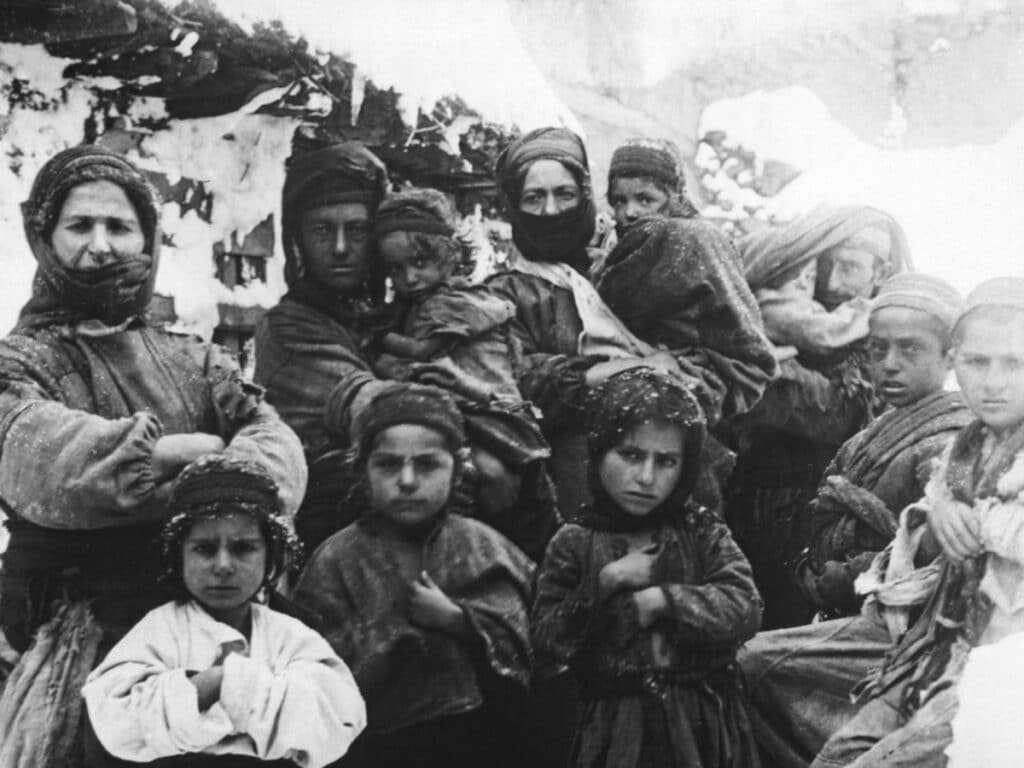
The genocide in Armenia is a dark time in the country’s history. The Ottoman Empire’s authorities implemented and organized the massacres in 1915, which lasted until 1923. It had been carried out through deportation and physical destruction, including but not necessarily limited to civilian population displacement in specific conditions leading to death. In 1914, Turkey’s participation in the World War presented the opportunity for Young Turks to decide on the issue of the Armenians, which is their complete extermination. Around 1,500 Armenian people were killed violently. This event is condemned and recognized by over 20 countries.
The World’s Oldest Shoes
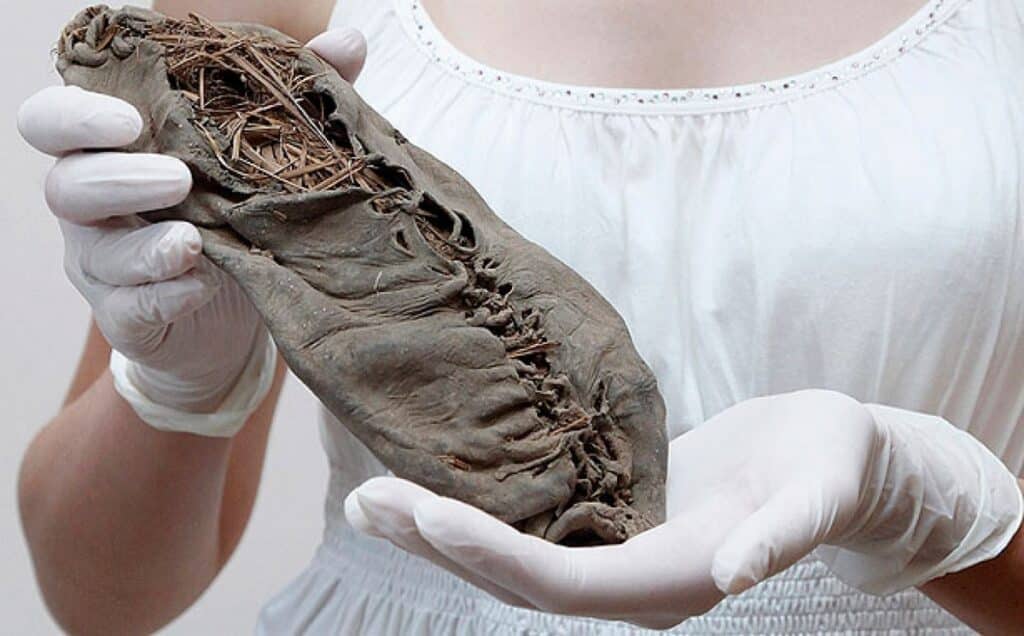
In September 2008, the world’s oldest pair of shoes was discovered in the Areni village. It’s estimated to be around 5,500 years old. In addition, the footwear had goat horns in neatly shaped holes with 44 cm of diameter and 45 cm of depth. Due to the country’s microclimate and the hard and protective shell of excrement, it’s been preserved perfectly.
A Thriving Industry for Brandy

Armenian brandy is widely recognized and respected globally. Cognac’s industrial production started in 1887. Nerses Tairyan, a merchant, had started the very first winery. Twelve years later, a Russian merchant named Nikolai Shustov purchased it. Shustov cognac later grew in popularity within and outside of Russia. It was awarded the prestigious Grand Prix when samples were sent to the exhibition held in Paris. After learning that Armenia was the drink’s birthplace, Shustov was allowed by the French to put cognac instead of brandy on the bottles.
The Country is a Chess Powerhouse

Since the 9th century, Armenia has been known for chess. From the 12th to the 13th centuries, Armenian manuscripts have mentioned it. Since 2011 in modern Armenia, chess has been compulsory in schools, as the classes can contribute to the children’s mental development. As a result, the children can think wisely and more flexibly. In 1999, the men’s team became European champions. They repeated their success in 2006 in Turin, securing a Chess Olympiad victory. They also won in Dresden in 2008 and were the world champions in Ningbo in 2011.
Yerevan is Known as the Pink City
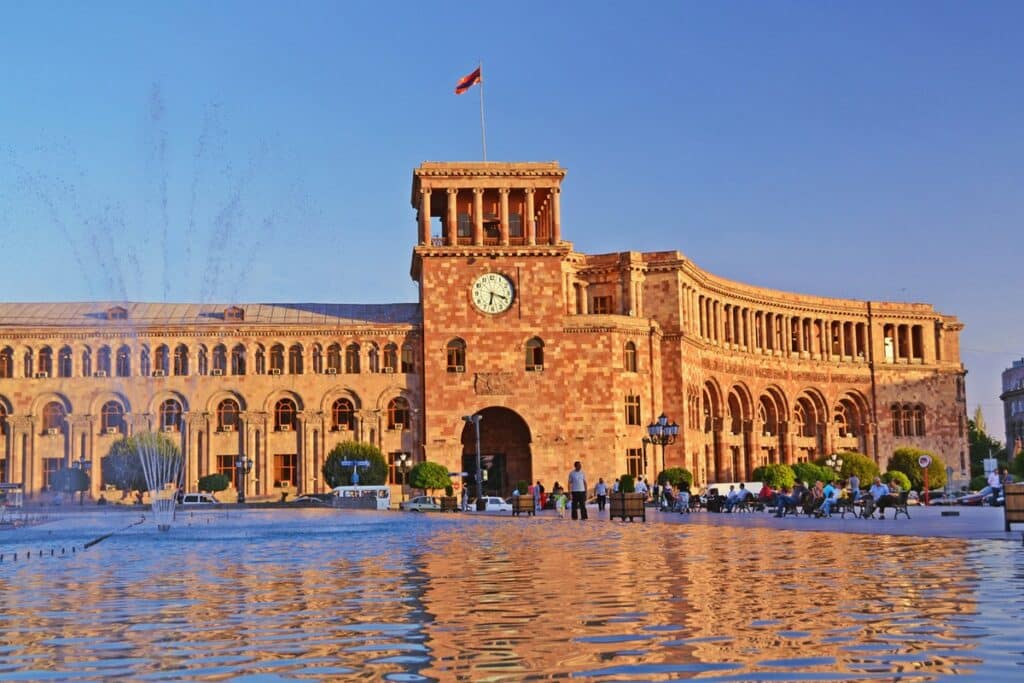
Yerevan, Armenia’s capital, is referred to as the Pink City because many of the buildings in the city have been constructed using volcanic rock, which has rosy hues. Because most of the city’s buildings have the same volcanic rock, they appear pink.
Armenia is a Sports Country

The country is known for having considerable interest in athletic activities, winning the Rio Olympics’ silver and gold medals. Armenia is especially good at weightlifting and wrestling, although many athletes compete in many other sports.
The Stork Village

The country is the home of the stork village. Storks’ nests are set above many poles in different areas of Armenia. The avian creatures usually migrate to countries like Africa but often go back to Armenia at random times of the year.
The Diaspora of Armenians

There are around 10 to 12 million Armenians worldwide, whereas the country only has a population of 3 million. After the genocide in 1915, almost 500,000 Armenians were forced to scatter, increasing the diaspora of Armenians. Armenian refugees who had come from Turkey had settled in places around Eastern Europe, Middle Eastern countries, and the Balkans. As a result, there are many Armenian communities all over the world now, including Russia, the US, Iran, France, Ukraine, Argentina, Syria, Jordan, Brazil, Bulgaria, Australia, Canada, and more.
The Pagan Temple
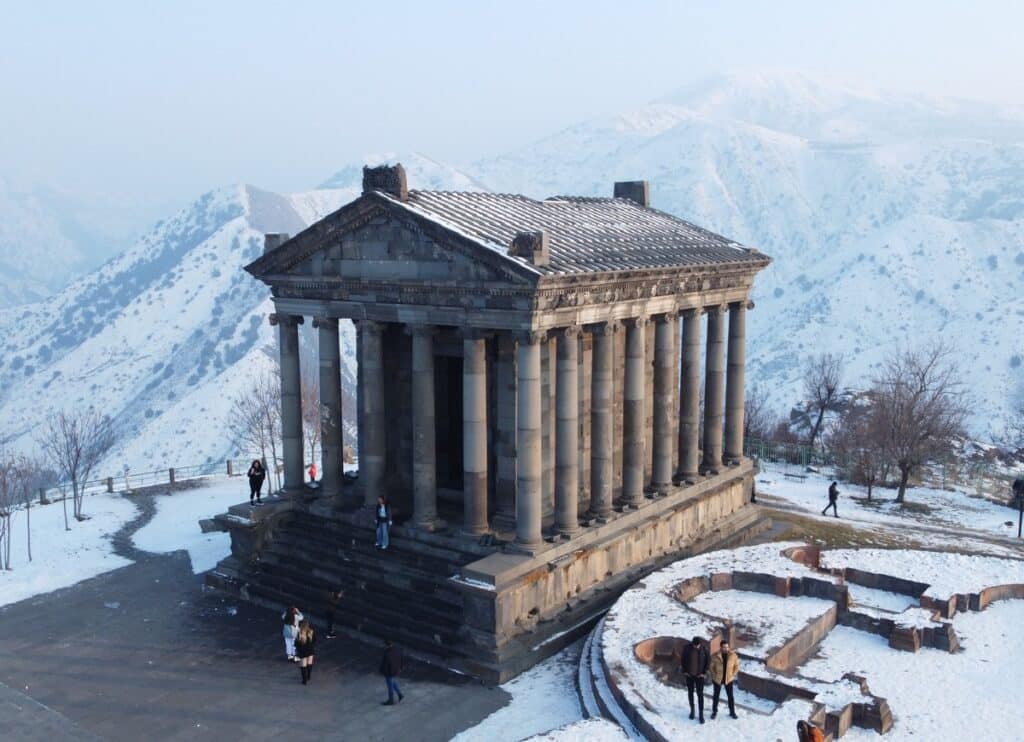
While Armenia might have a rich Christian history, it has a Pagan history too. One example is Garni’s temple. Also called the Pagan Temple, it was originally built for Mihr, the sun god, dating back to 1 AD. It remains preserved to this day and can be found at the Azat gorge edge, another spectacular location that ancient Armenian royalty used as a summer house. Because of its impressive location and interesting structure in the region of Caucasus, it continues to attract travelers from all over the world.
Monastery of Tatev
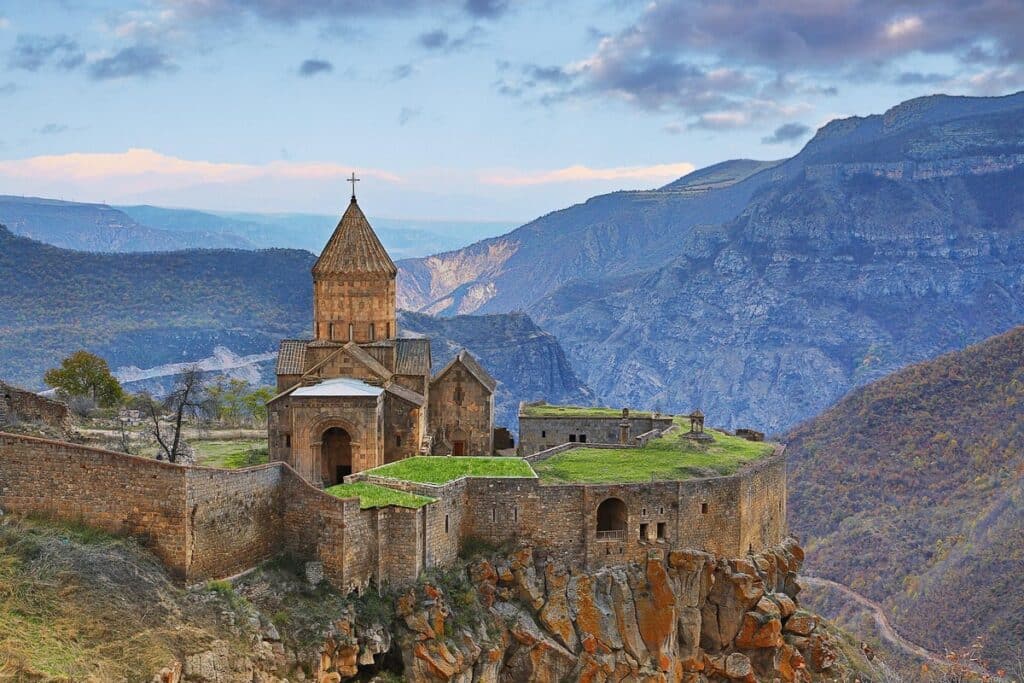
Those who are looking to learn more about the Armenian people’s spiritual life are recommended to visit the Monastery of Tatev. Its Christian construction and breathtaking but isolated architecture is situated at the river of Vorotan’s edge. In the past, the monastery was a university where students could study philosophy, science, and religion. To reach the location, you have to ride the longest aerial reversible tramway in the world at 5.7 kilometers.
Velvet Revolution of 2018

The landlocked country has an impressive heritage and remarkable ancient history, but the modern Armenia of today has also shown its dedication to the creation of a more democratic environment to citizens and visitors alike. In 2018, the Armenian people initiated a strong but peaceful revolution to take out the corrupt parties from power. The example of their velvet revolution showed that it was possible for even a small country with problems of corruption to unite and work together to make positive changes to the political system of the country.
Spitak and Gyumri Earthquake
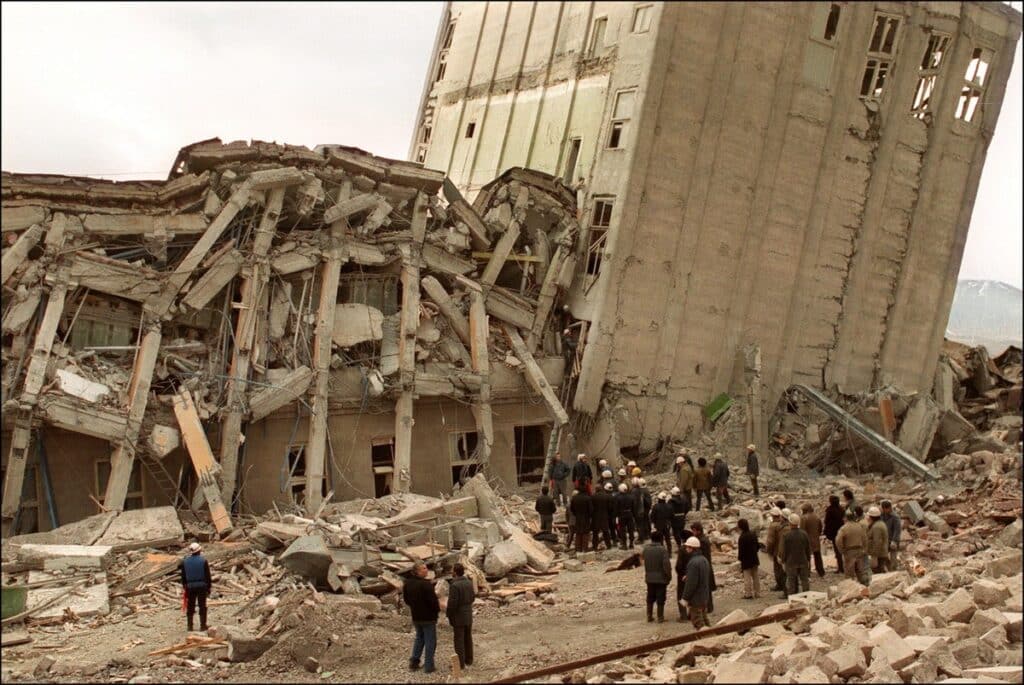
On the 7th of December in 1998, the Armenian cities of Spitak and Gyumri experienced a massive earthquake that nearly destroyed all of the Soviet-era buildings and took down a considerable part of the cities. Over 40,000 Armenians died, and many businesses fell under as a result of the earthquake, and its remnants still remain even today.
